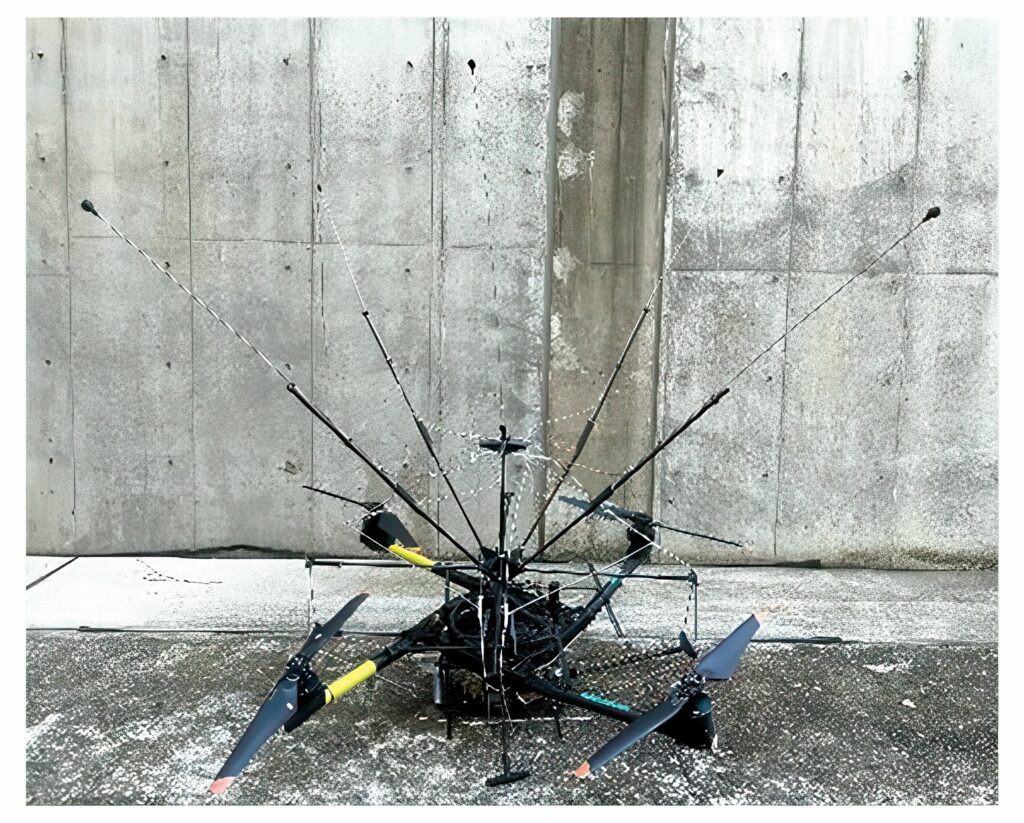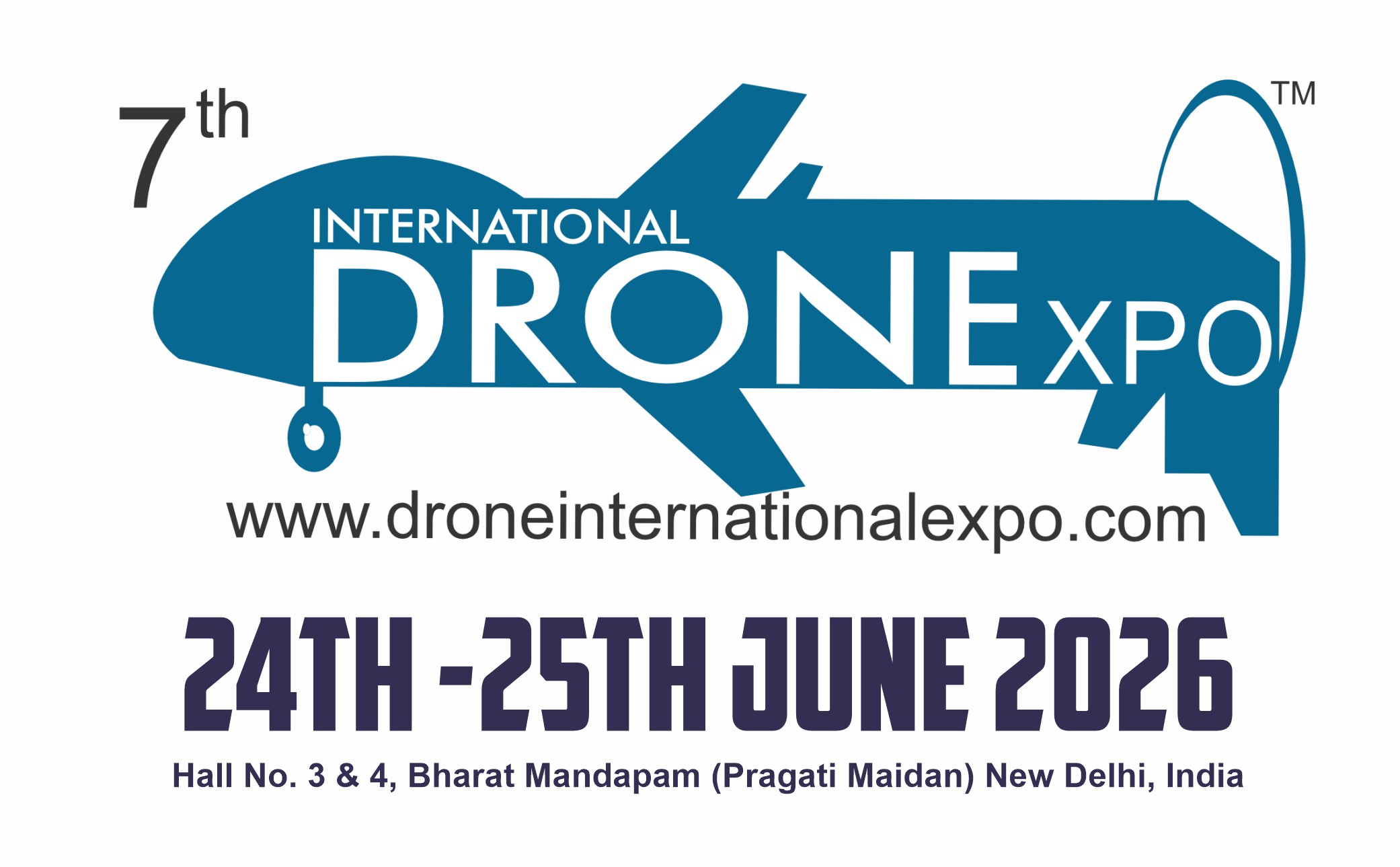UAV as a lightning rod

(Image courtesy of NTT)
Japanese telecom company NTT has developed a system where a UAV can trigger lightning to protect cities and infrastructure, writes Nick Flaherty.
The successful UAV-based lightning triggering and guidance experiment uses electric field fluctuations and light carbon fibre wire to connect to the ground.
A key development was a ‘lightning cage’ that protects the UAV from the effects of the electric field as the lightning is triggered.
The lightning-resistant cage is a metal shield that prevents the lightning current from flowing through the UAV body by diverting the large current that flows when the lightning hits. By making the lightning current flow radially, the strong magnetic fields generated by the large current cancel each other out, reducing the overall magnetic field effect on the UAV.
An artificial lightning application test on a UAV equipped with a lightning-resistant cage confirmed that the cage protects against more than 98% of natural lightning strikes, and that the UAV will not malfunction even when artificial lightning of 150 kA – up to five times the average value of a natural lightning strike – is applied.
The system was also tested at an altitude of 900 m in the mountainous area of Hamada City, Shimane Prefecture (Japan). A variable capacitance electrometer, or ‘electric field mill’ measured the electric field on the ground, and when the electric field strength in the vicinity increased because of the approach of thunderclouds, a UAV equipped with the lightning-resistant cage was flown in an attempt to induce lightning.
The UAV with the connecting ground wire was flown to an altitude of 300 m, and a high voltage switch installed on the ground was used to connect the UAV to the ground. This confirmed that a large current flowed through the wire and, at the same time, the surrounding electric field strength changed significantly. A voltage of more than 2000 V was generated between the wire and the ground just before the lightning was induced. This was the first successful UAV-induced lightning discharge in the world.
At the same time as the lightning was induced, a popping sound was heard at the winch and part of the drone’s lightning-resistant cage melted. However, the cage still offered sufficient protection that allowed the UAV to continue in stable flight even after the lightning was induced.
There is a limit to the height that a tethered UAV can fly because of the weight of the connecting wire. However, the NTT researchers foresee a swarm of UAVs, each connected by a carbon fibre wire, deployed to protect a city. The lowest UAV in the swarm would connect to the ground, where the energy from the strike could even be captured.
The NTT team is also working on ways to predict the location of a potential lightning strike even more accurately to increase the efficiency of the UAV-induced lightning operation.
UPCOMING EVENTS























